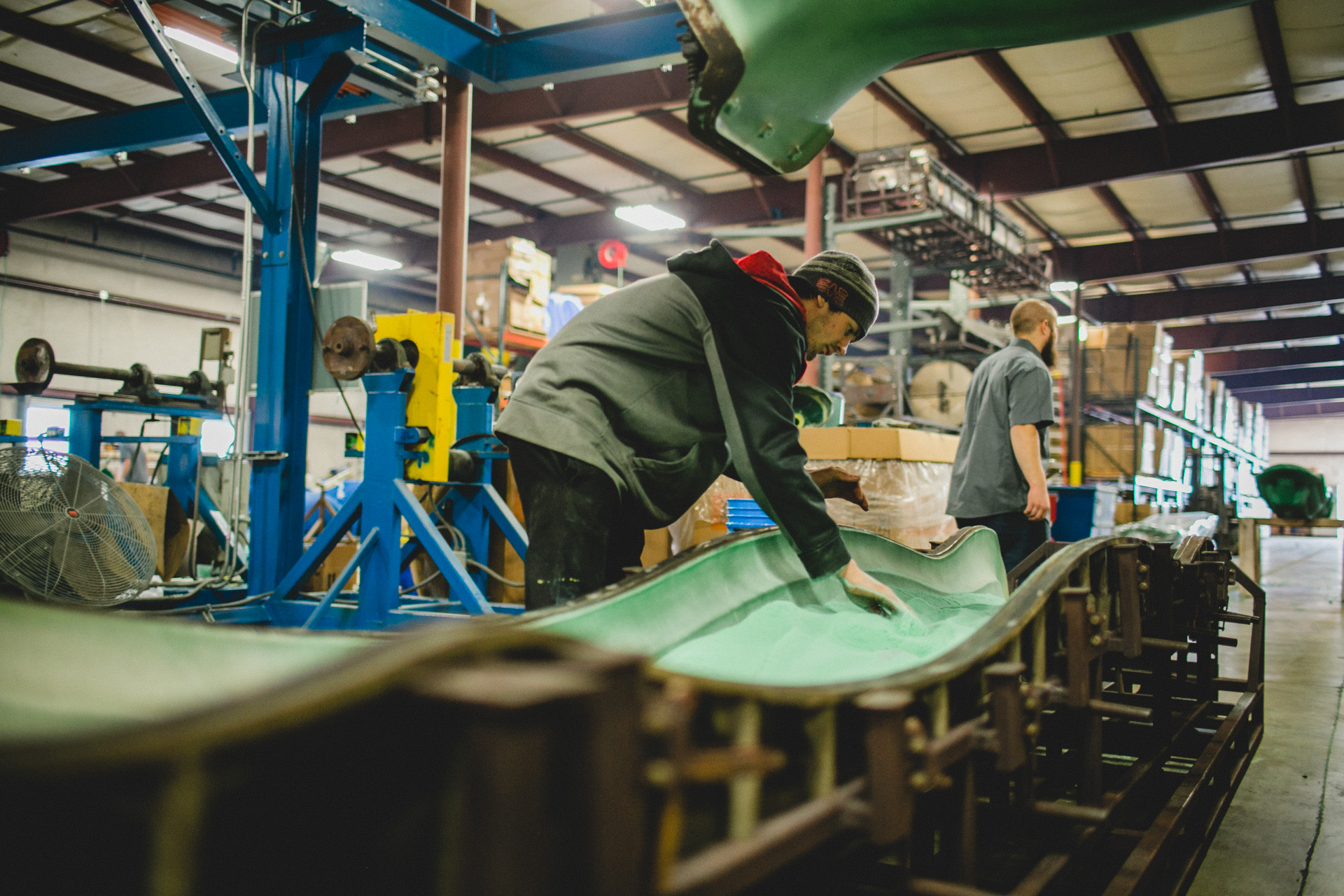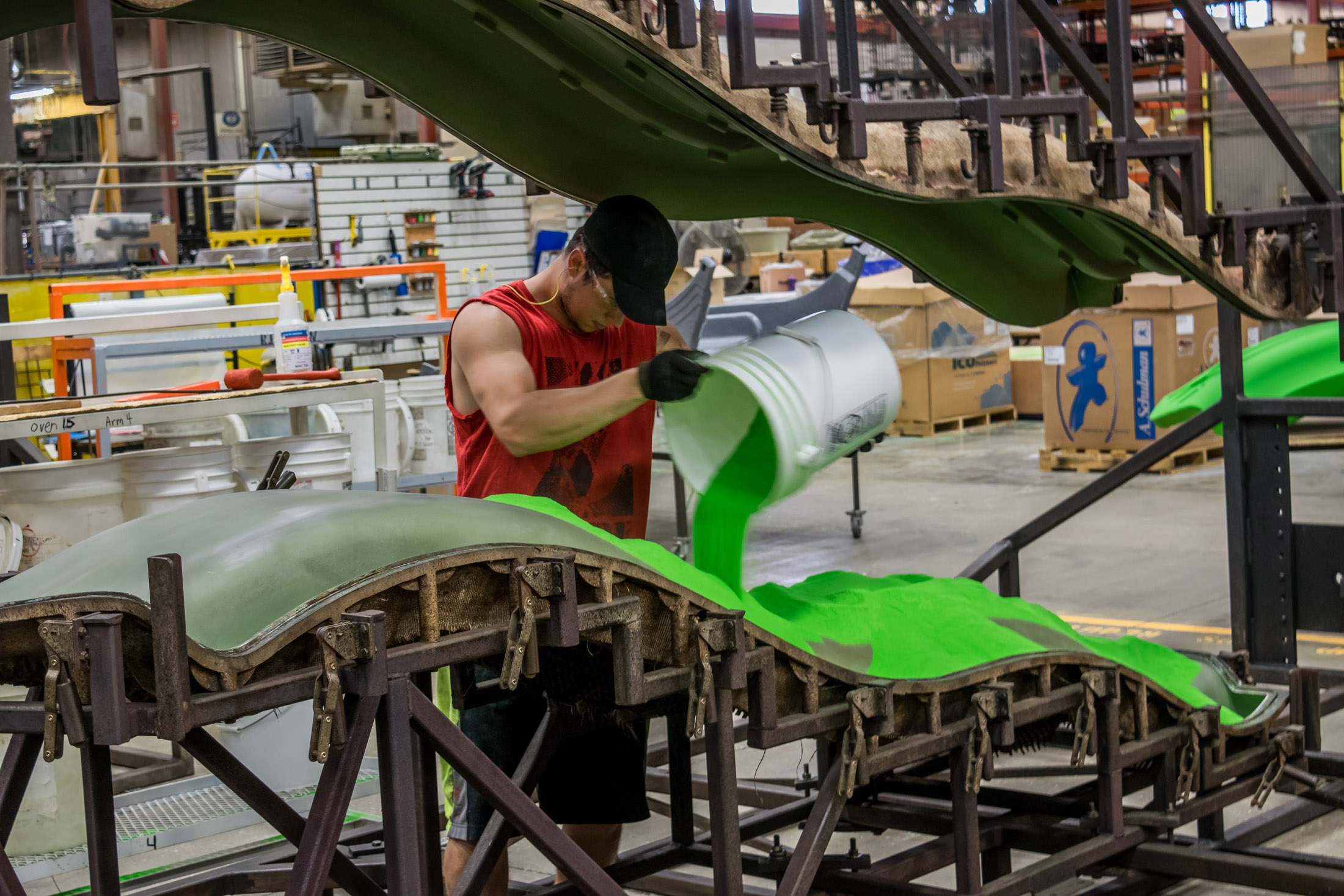An Introduction to Plastics Rotomolding: Processes and Applications
An Introduction to Plastics Rotomolding: Processes and Applications
Blog Article
Rotational molding, also called rotomolding, is really a adaptable manufacturing procedure for creating hollow plastic material components. From kayaks to storing tanks, rotomolding offers a cost-effective way of making tough and effortless plastic items. Here's all you have to understand about Plastics Rotomolding:

How Rotomolding Functions:
Rotomolding starts off with stuffing a hollow mildew by using a exact amount of powder plastic material resin. The mildew is going to be warmed up and rotated simultaneously in multiple axes inside an stove. Because the mildew rotates, the plastic-type material natural powder melts, finish the interior top of the mold uniformly. The rotation carries on throughout the cooling phase to guarantee uniform circulation and solidification from the plastic-type. Once cooled, the component is taken off from your mildew, along with the approach repeats.
Great things about Rotomolding:
Layout Overall flexibility: Rotomolding permits intricate shapes and elaborate styles to become created without resorting to more tooling. It includes layout liberty that other functions might not.
Consistent Wall surface Density: As opposed to another molding operations, rotomolding makes pieces with steady walls size, which enhances architectural dependability and quality.
Charge-Efficiency: Tooling expenses for rotomolding are typically reduced in comparison to operations like injection molding, so that it is cost-effective for short and long manufacturing goes.
Resilient and Smooth: Rotomolded pieces are seamless, causing them to be immune to leakages and tension bone injuries. They are also highly durable and proof against rust, chemical substances, and weathering.
Selection of Resources: Rotomolding can employ a wide range of components such as polyethylene, polypropylene, PVC, and a lot more, allowing for versatility in product or service features.
Apps:
Rotomolding finds software across various industries:
Auto: Producing gas tanks, air flow ductwork, and auto elements.
Business: Storing tanks, bins, storage containers, and fabric coping with products.
Recreational: Kayaks, play ground equipment, and leisure time items.
Agricultural: Water tanks, gardening equipment components.
Health-related: Property for healthcare products, storage containers.
Environment Considerations:
When plastic materials have faced examination for ecological effect, rotomolding provides some eco-warm and friendly factors. It generates very little substance spend, along with the supplies employed are recyclable.

Summary:
Rotomolding is a highly flexible and expense-effective method for producing an array of plastic material products. Its design mobility, toughness, and relatively low tooling charges transform it into a recommended selection for a lot of sectors trying to find efficient producing alternatives. As modern technology improvements and environmental problems grow, rotomolding consistently adapt, giving sustainable selections for a variety of apps. Report this page